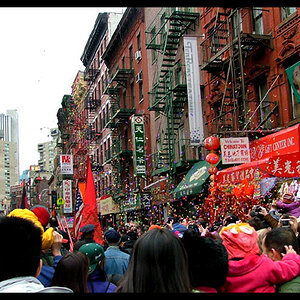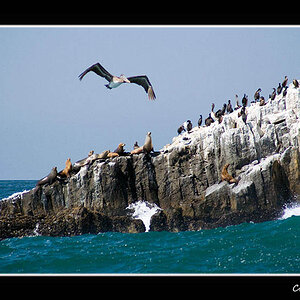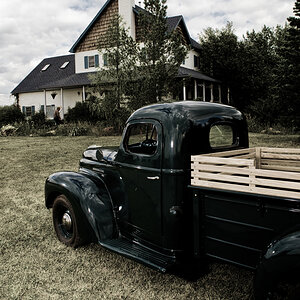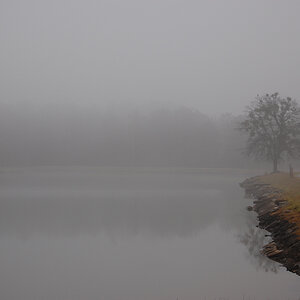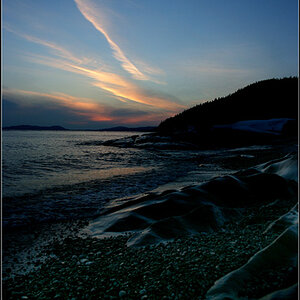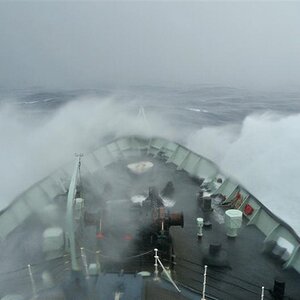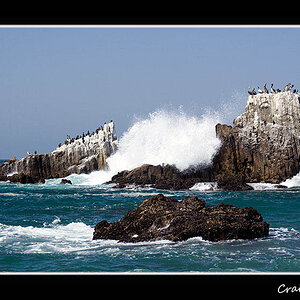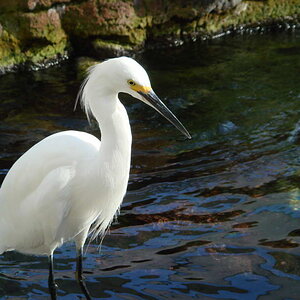What shutter speed is good enough to freeze the action of a bird in flight and any other moving wildlife? Is 1/1000 sec sufficient to freeze the action?
Also another question i wanted to ask,
I was reading up many tips for wildlife photography. Some people said you should use Manual mode with Auto ISO set and Change the Aperture and shutter speed manually.
Others said that you should us Aperture Priority mode with Auto ISO and Setting a minimum shutter speed. i.e, Slowest usable shutter speed.
Which mode should I use?
I have a Nikon D7100 and will be shooting with the Nikon 70-300 f/4.5-5.6 VR
Also another question i wanted to ask,
I was reading up many tips for wildlife photography. Some people said you should use Manual mode with Auto ISO set and Change the Aperture and shutter speed manually.
Others said that you should us Aperture Priority mode with Auto ISO and Setting a minimum shutter speed. i.e, Slowest usable shutter speed.
Which mode should I use?
I have a Nikon D7100 and will be shooting with the Nikon 70-300 f/4.5-5.6 VR



![[No title]](/data/xfmg/thumbnail/35/35876-de9861d35b5abad8ad1cf7c32772c9fb.jpg?1619737202)
![[No title]](/data/xfmg/thumbnail/35/35875-613296cbb015a9d4bc5b47aca161290e.jpg?1619737200)
